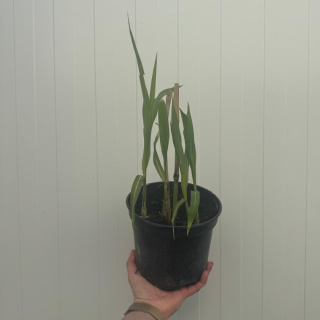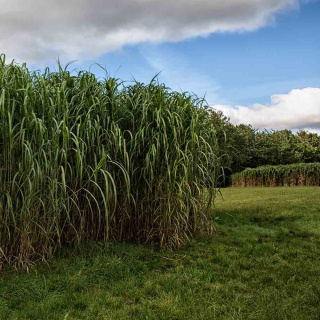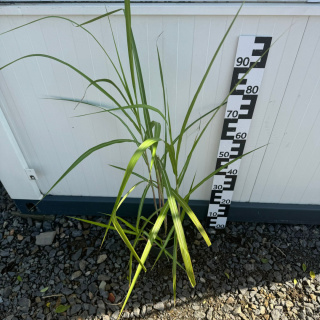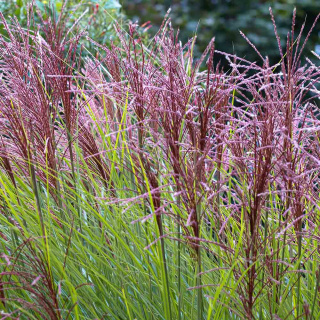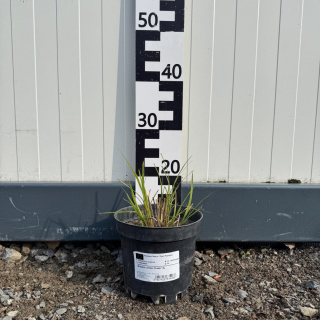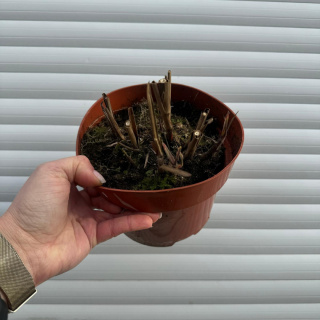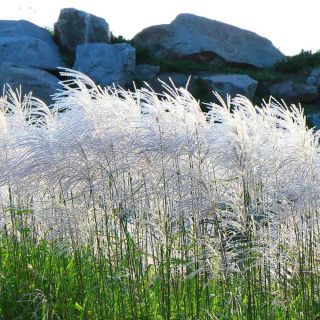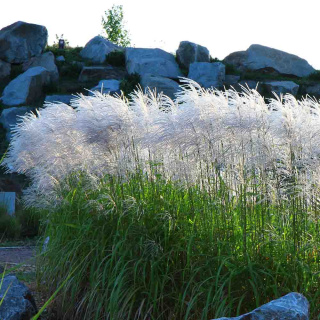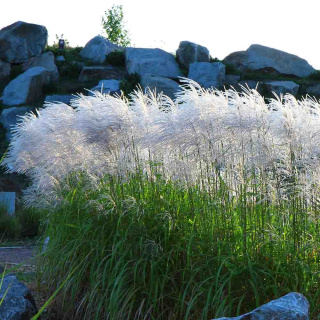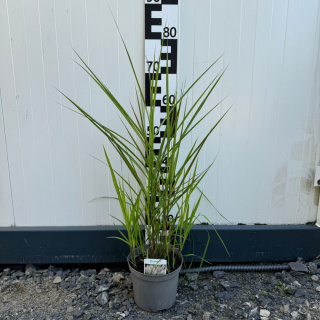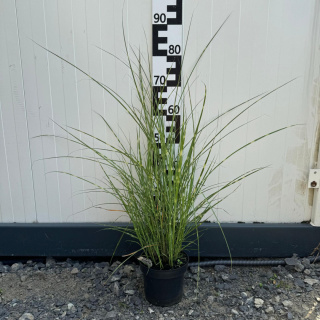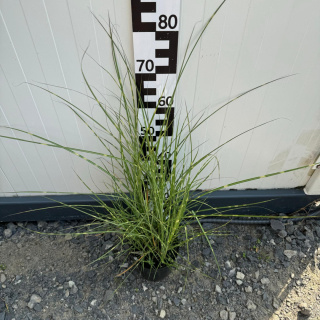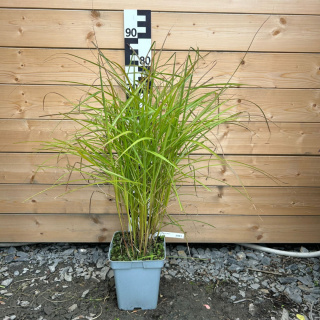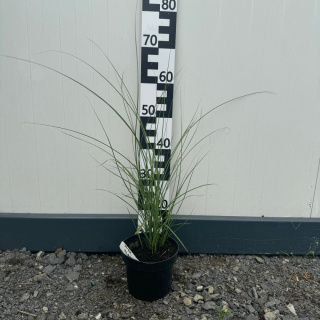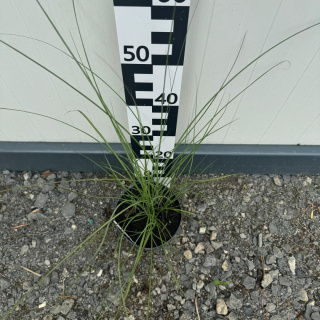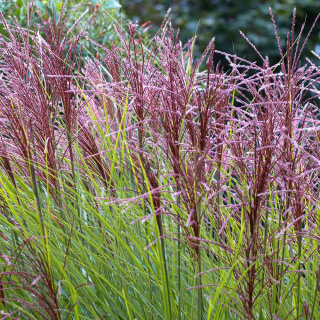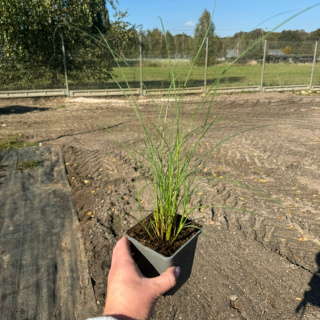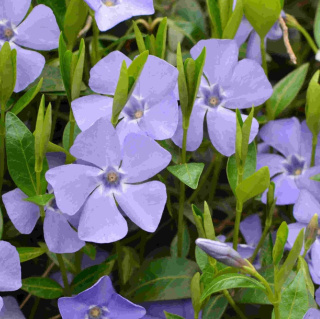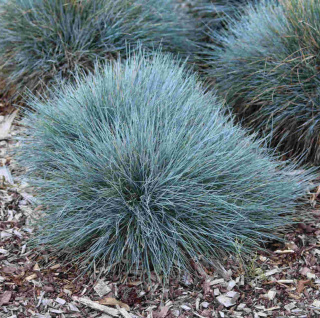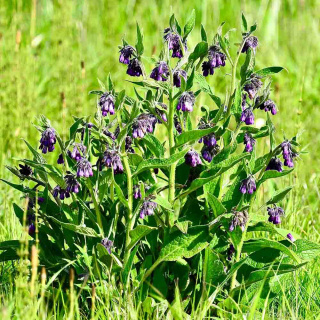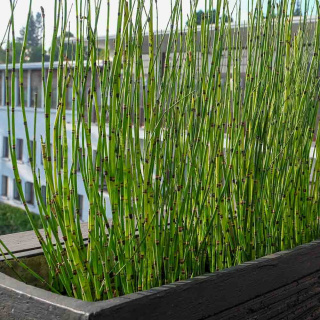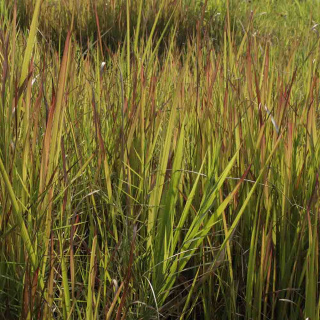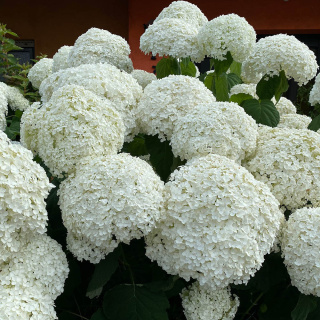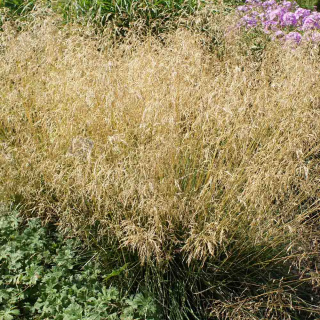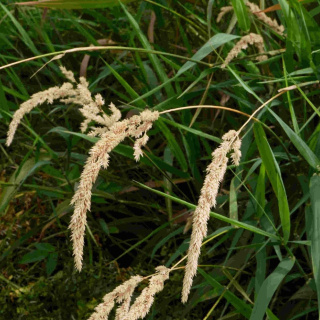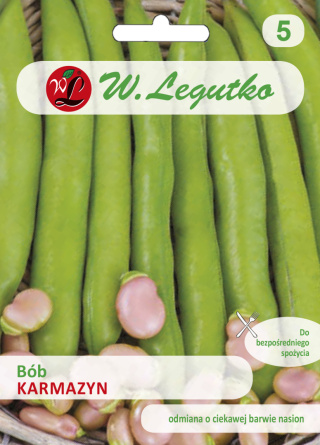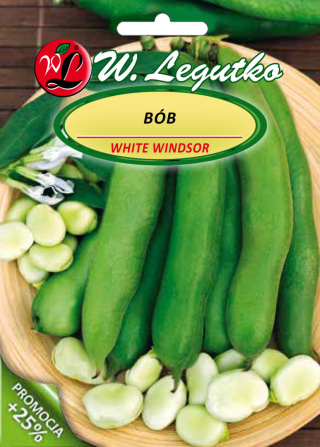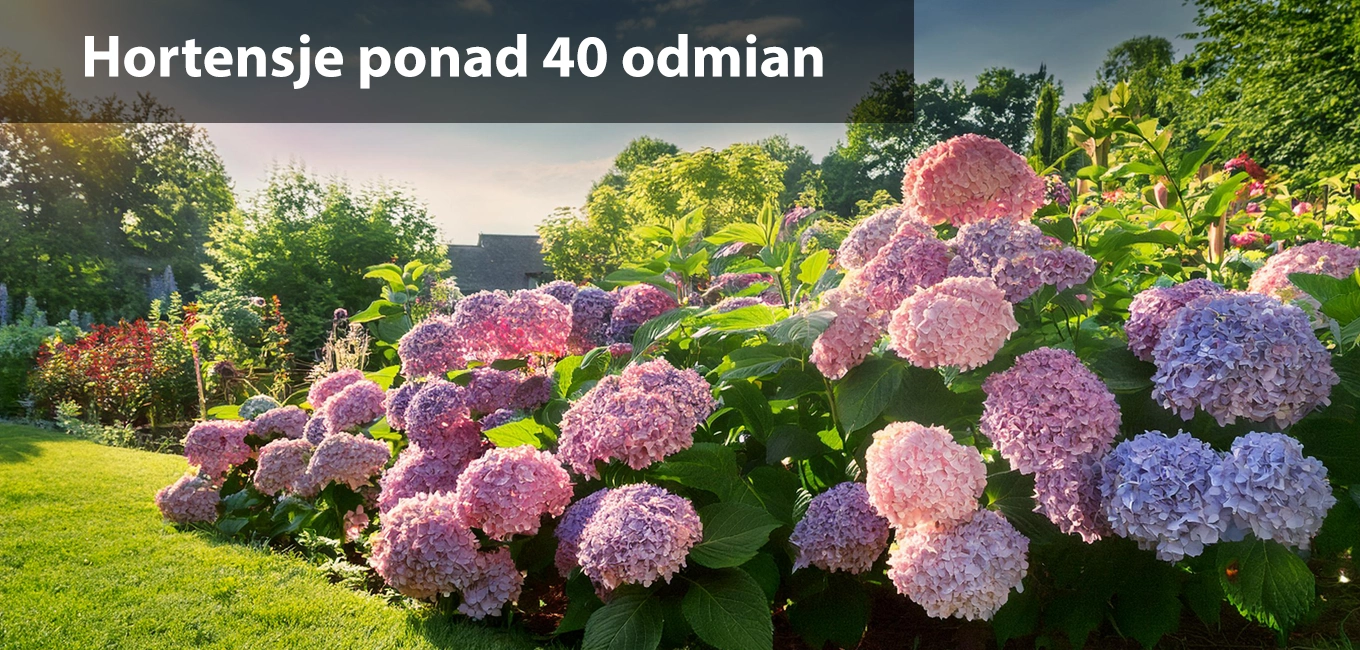Miskant
Liczba produktów: 34Witamy w kategorii "Miskant". Oferujemy różnorodne odmiany tej popularnej trawy ozdobnej, idealnej do urozmaicenia Twojego ogrodu. Zapewniamy bogaty wybór i atrakcyjne ceny.
| Wysyłka w ciągu: | 48 godzin |
| Wysyłka w ciągu: | 48 godzin |
| Wysyłka w ciągu: | 48 godzin |
| Wysyłka w ciągu: | 48 godzin |
| Wysyłka w ciągu: | 48 godzin |
| Wysyłka w ciągu: | 48 godzin |
| Wysyłka w ciągu: | 48 godzin |
| Ten produkt jest aktualnie niedostępny |
| Ten produkt jest aktualnie niedostępny |
| Ten produkt jest aktualnie niedostępny |
| Ten produkt jest aktualnie niedostępny |
| Ten produkt jest aktualnie niedostępny |
Miskant, znany również jako Miscanthus, to ceniona trawa ozdobna, która dodaje struktury i elegancji każdemu ogrodowi. Jej efektowne kwiatostany oraz smukłe, łukowato wygięte liście tworzą imponujące kępy, idealne do nasadzeń soliterowych, rabat bylinowych czy kompozycji z innymi trawami.
Dlaczego warto wybrać miskanta do swojego ogrodu:
-
Dekoracyjność: Efektowne kwiatostany i smukłe liście dodają ogrodowi struktury i ruchu, szczególnie efektownie prezentując się na wietrze.
-
Wszechstronność zastosowań: Miskant doskonale komponuje się z bylinami, krzewami oraz innymi trawami ozdobnymi, nadając się do nasadzeń grupowych, soliterowych, a także do uprawy w pojemnikach.
-
Łatwość uprawy: Preferuje stanowiska słoneczne lub półcieniste oraz gleby żyzne, umiarkowanie wilgotne i dobrze przepuszczalne. Jest tolerancyjny na różne typy gleb i warunki atmosferyczne.
-
Mrozoodporność: Większość odmian miskanta charakteryzuje się dobrą mrozoodpornością, co czyni je odpowiednimi do uprawy w polskim klimacie.
Pielęgnacja miskanta:
-
Przycinanie: Wczesną wiosną, przed rozpoczęciem nowego wzrostu, zaleca się przycięcie kęp na wysokość około 10-15 cm nad ziemią, aby usunąć zeszłoroczne liście i pędy.
-
Nawożenie: Wiosną warto zastosować nawóz wieloskładnikowy lub kompost, wspierając zdrowy wzrost i obfite kwitnienie.
-
Podlewanie: Wymaga regularnego podlewania, zwłaszcza w okresach suszy. Młode rośliny potrzebują więcej wody, aby dobrze się ukorzeniły.


